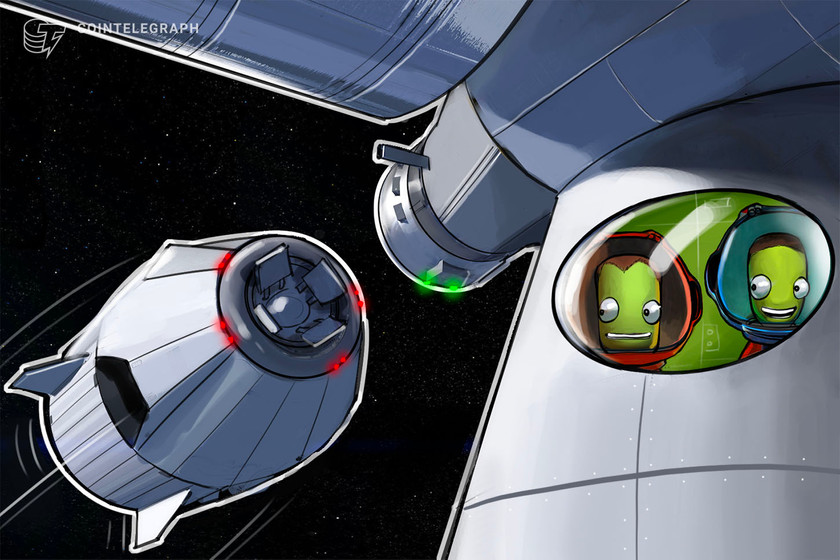Huobi partners with Gala Games for L1 and Web3 development


Huobi Global has joined hands with Gala Games, a blockchain-based play-to-earn gaming platform, to work together on the investment and listing of Web3 projects.
Huobi Global, a cryptocurrency exchange, has declared a strategic partnership with Gala Games, a blockchain-based play-to-earn gaming platform.
In an official blog post on March 31, Huobi announced a partnership with Gala Games to develop the Web3 ecosystem. The two companies will collaborate to invest in and list projects within the Gala ecosystem.
Gala Games enables developers to create play-to-earn crypto and nonfungible token (NFT) games, which allow players to buy and sell in-game items. Once purchased, these in-game items cannot be modified or deleted by developers without the players’ consent.
Huobi’s collaboration with Gala Games is expected to enhance the former’s Web3 objectives, allowing it to integrate with the Gala layer-1 blockchain to improve the underlying on-chain technology. Jason Brink, who serves as the president of blockchain at Gala Games, has stated that integrating its layer-1 blockchain with major exchanges like Huobi is of utmost importance for achieving the desired level of mass adoption.
Great News!#Huobi is happy to announce a strategic partnership with #Gala Games @GoGalaGames in ecosystem development.
Together, we will cooperate in the investment and listing of high-quality projects, including Layer1 integration, cobranding & community development. pic.twitter.com/LTqy8pXkF3
— Huobi (@HuobiGlobal) March 31, 2023
Huobi also took to Twitter to announce the partnership with Gala Games, with the community expressing support for the partnership due to the advantages of the layer-1 blockchain.
Related: GameFi project Gala files $28M lawsuit against pNetwork
At present, Huobi Global is pursuing a license in Hong Kong in light of new regulatory measures being considered by the Chinese special administrative region that would enable the platform to cater to retail clients.
Additionally, Huobi has announced its plans to expand its services in other regions by launching a Visa-backed crypto-to-fiat debit card. This card will be available to Huobi customers residing in the European Economic Area, and is expected to launch in the second quarter of 2023.
Magazine: Huobi employees revolt, GameFi lives, Antminer on steroids: Asia Express













